Welcome to Yellowstone National Park
Every year millions of nature lovers visit Yellowstone National Park to take in the scenery, get up close and personal with wildlife, and partake in the many adventurous activities the area has to offer. Although Yellowstone stretches into Idaho and Montana, the national park is situated primarily in Wyoming. It boasts a unique history as the first national park in the world and is home to incredible geothermal features and numerous ecosystems.
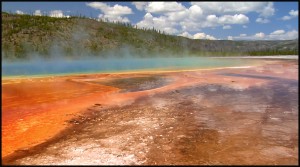 The natural landscape draws more people every year, and it is not hard to see why. The park is known for its amazing hot springs, geysers, fauna, flora, and terrain. Tourists to the area will not be bored easily. From swimming, hiking, and fishing to camping, cycling, and skiing, the park has something for everyone. For those who would like to spend some time truly enjoying the area, there are several hotels and lodges offering accommodation.
The natural landscape draws more people every year, and it is not hard to see why. The park is known for its amazing hot springs, geysers, fauna, flora, and terrain. Tourists to the area will not be bored easily. From swimming, hiking, and fishing to camping, cycling, and skiing, the park has something for everyone. For those who would like to spend some time truly enjoying the area, there are several hotels and lodges offering accommodation.
Conservation efforts in the park are extensive as both The Yellowstone Association and The Yellowstone Park Foundation support a variety of projects aimed at preserving and protecting the park through education. The Yellowstone Association supports hundreds of scientific, educational, and historic programs with a goal to educate the public about the park’s natural, 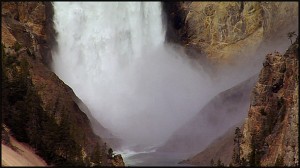 cultural, and historical heritage. This nonprofit organization aims to create appreciation and an understanding of the area. The Yellowstone Park Foundation works to enhance the experience of visitors by financially supporting programs and projects the Park Service cannot support single-handedly.
cultural, and historical heritage. This nonprofit organization aims to create appreciation and an understanding of the area. The Yellowstone Park Foundation works to enhance the experience of visitors by financially supporting programs and projects the Park Service cannot support single-handedly.
In addition to these conservation efforts, several tourist centers and museums are open to visitors. Yellowstone employees are available to assist and provide information regarding tours, maps, safety precautions, accommodation, and general park facts. Yellowstone is a paradise for sightseers looking for an interesting and unique experience. Paved roads allow individuals to get close to geothermal activity via bus and car, while snowmobiles and snow-coaches are favored in the winter months.
Yellowstone’s Flora
Yellowstone National Park is home to more than 1700 species of vascular plants and trees. Nearly 80% of the park consists of forests, comprising 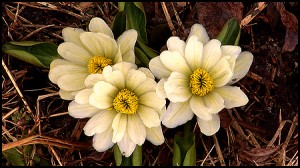 mostly of Lodge pole Pine, a conifer tree that grows to 75 feet in height. Two other species that thrive in the area are Engelmann Spruce and Subalpine. These two types of trees grow extremely well in the rich volcanic soil and can be found in groves scattered throughout the park. Common deciduous trees include willows, and Quaking Aspen. Although the aspen forests diminished drastically, they are slowly making a come back.
mostly of Lodge pole Pine, a conifer tree that grows to 75 feet in height. Two other species that thrive in the area are Engelmann Spruce and Subalpine. These two types of trees grow extremely well in the rich volcanic soil and can be found in groves scattered throughout the park. Common deciduous trees include willows, and Quaking Aspen. Although the aspen forests diminished drastically, they are slowly making a come back.
Indian Paintbrush, Yellow Monkey Flower, Yellow Bell, Wild Iris, Wild Rose, and Bluebells are just a few of the blooms tourists can expect to see. The flowers in bloom depend entirely on the time of year visitors tour the park. The best months to visit are May and September for anyone hoping to observe a wide variety of species at once. Some flowers are only found in certain areas, while others are all over the region. One rare species is the Yellowstone Sand Verbena, which can only be found in Yellowstone. This flower is endemic to the shores of Yellowstone Lake.
Yellowstone’s Fauna
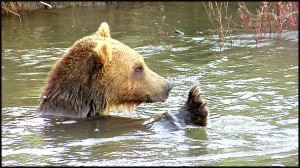 Wildlife in the area consists of grizzly bears, bison, wolves, elks, eagles, moose, pronghorn antelope, bighorn sheep, trout, trumpeter swans, and more. Most of these animals can be seen from the roadside on a regular basis, while others are only seen on rare occasions. A guided tour of Yellowstone National Park is often the best way to see as much wildlife in the area as possible. A guided tour is also the best way to obtain information and gain an understanding of Yellowstone’s fauna.
Wildlife in the area consists of grizzly bears, bison, wolves, elks, eagles, moose, pronghorn antelope, bighorn sheep, trout, trumpeter swans, and more. Most of these animals can be seen from the roadside on a regular basis, while others are only seen on rare occasions. A guided tour of Yellowstone National Park is often the best way to see as much wildlife in the area as possible. A guided tour is also the best way to obtain information and gain an understanding of Yellowstone’s fauna.
A Nature and Wildlife Filmmakers Paradise
Yellowstone National Park is a playground for budding and veteran nature filmmakers. The area is a treasure chest of spectacular vistas waiting for a video camera to capture them. With so much to see, many filmmakers 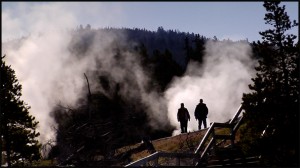 find they are spoiled for choice. Therefore, it is a good idea to decide which areas to visit before arriving at the park.
find they are spoiled for choice. Therefore, it is a good idea to decide which areas to visit before arriving at the park.
While landscape filmmakers might enjoy spending time at any one of the popular features, wildlife cinematographers might prefer to roam around as you never know what kind of animals will turn up. Magnificent footage can be taken at any of the geysers, paint pots, sulfur pits, rivers, lakes, mountains, boiling mud pools, waterfalls, and hot springs. There is an abundance of wildlife in the park, providing endless filming opportunities throughout the area.
Film and Video Opportunities: Less Than a Week
Plenty of wildlife can be observed during a long or short-term stay, which offers ample opportunity to get exciting footage of the parks inhabitants. For anyone wanting to capture memorable video in the shortest amount of time, it is ideal to visit the park’s main features. This includes Old Faithful, Mammoth Hot Springs, the lower and upper geyser basins, Yellowstone’s Grand Canyon, and the Continental Divide to name a few.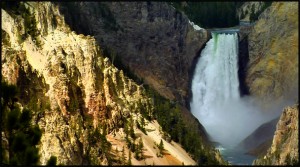
There are day tours available that take tourists to all the popular sights in the park, ensuring visitors do not miss out during their short visit. In addition, there are day tours that are a little more leisurely, allowing people to walk along the nature trails and take in lunch at one of the many lodges. An evening tour, on the other hand, provides filmmakers with the opportunity to capture gorgeous sunsets. These tours are perfect for anyone who has little time, but wants to make the most of the opportunities available.
Film and Video Opportunities: More Than a Week
Tourists lucky enough to spend a week or more exploring the park will love the filming possibilities. This longer visit allows individuals to explore the main attractions thoroughly. Features include the Norris Geyser Basin, Mammoth Hot Springs, Old Faithful, Madison, Grant Village, West Thumb, Yellowstone Lake, Fishing Bridge, Tower-Roosevelt, and Yellowstone’s Grand Canon. Each of these areas offers something unique in terms of cinematography. From a mud volcano to splendid waterfalls, the natural activities that take place in these sections of the park are not something filmmakers should miss.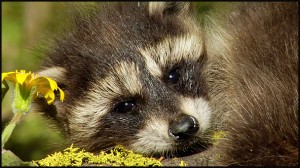
Yellowstone National Park is nature at its finest, offering individuals the adventure of a lifetime. Every visit provides a different experience as there is always something new to see. It is highly recommended that visitors plan well in advance to make the most of their time. Individuals, planning a film expedition, or any other adventure, should prioritize the areas they intend to visit. Tourists should also keep in mind that the lively park changes over the course of the seasons. Some months the park teems with all kinds of wildlife and flora, while it is much quieter during other months.
Yellowstone is by far one of my favorite places to film. Here’s a short film I shot of Yellowstone National Park.

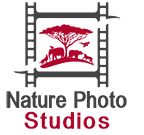

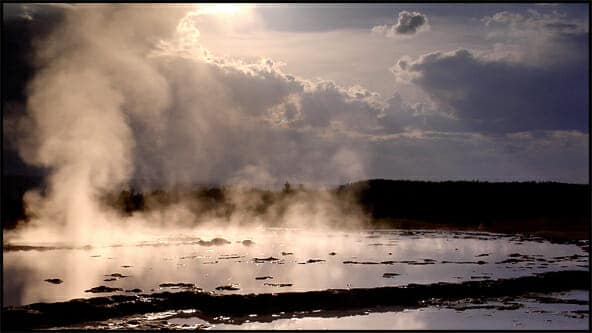
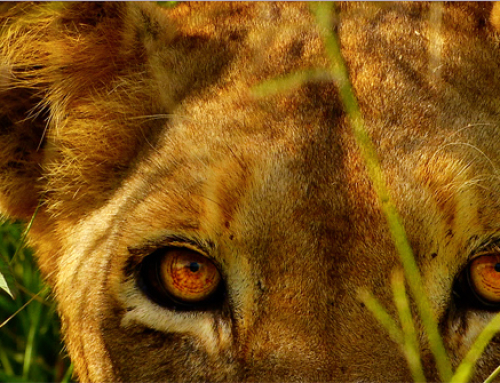
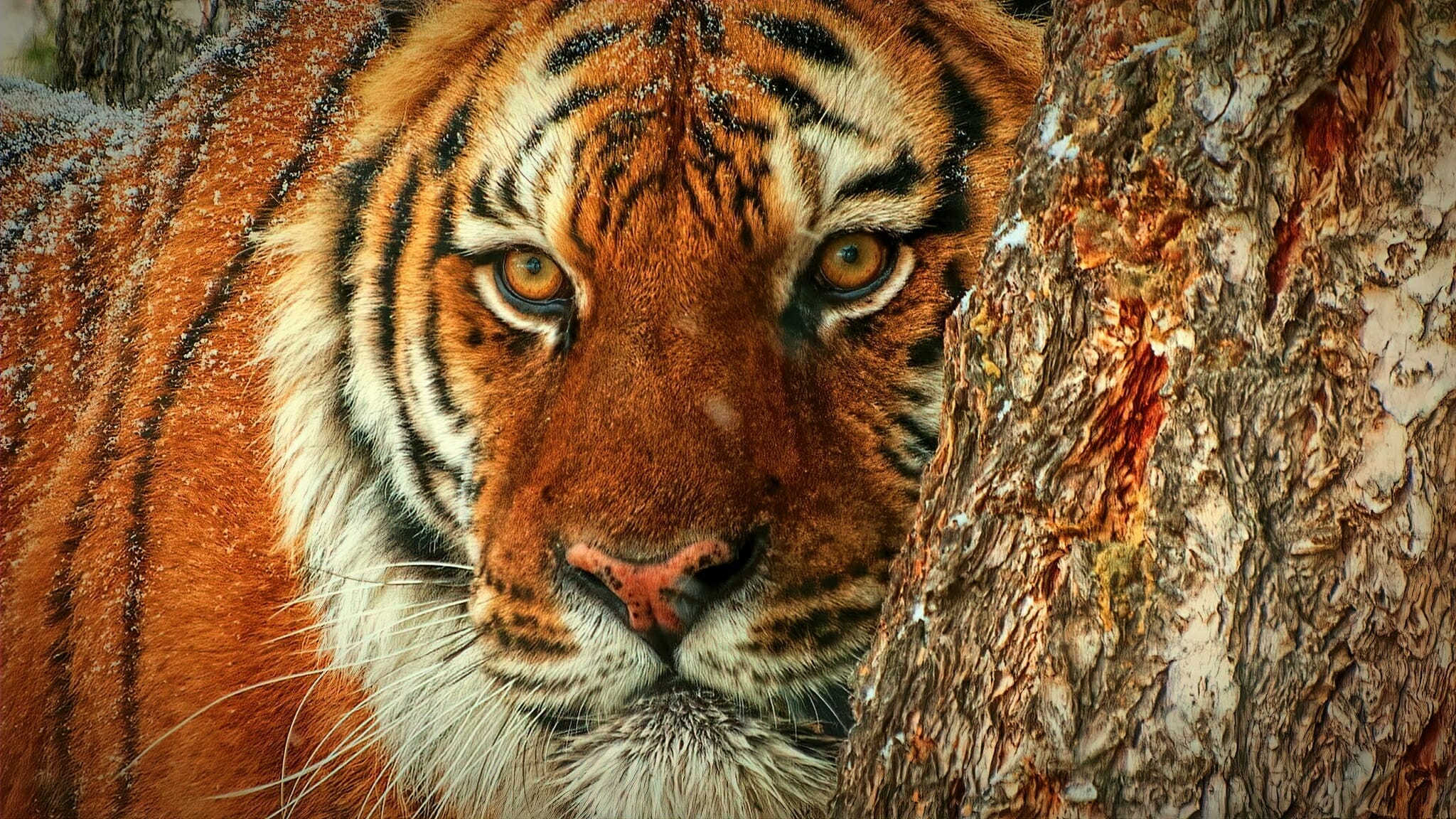
I love this national park the thing which attract me to this national park is its rich flora and fauna. Hosting 1700 species of plants is really impressive and the greenery is the perfect for the filmography and taking some wonderful images too.
-Jenfer
Hey Jenifer,
Thanks for taking the time to leave a comment! I really appreciate it!!
Yellowstone is an incredible place to film nature and wildlife. I go there as often as I can. Sadly I can’t share any of the footage since you can only shoot for your personal use unless you have a permit.